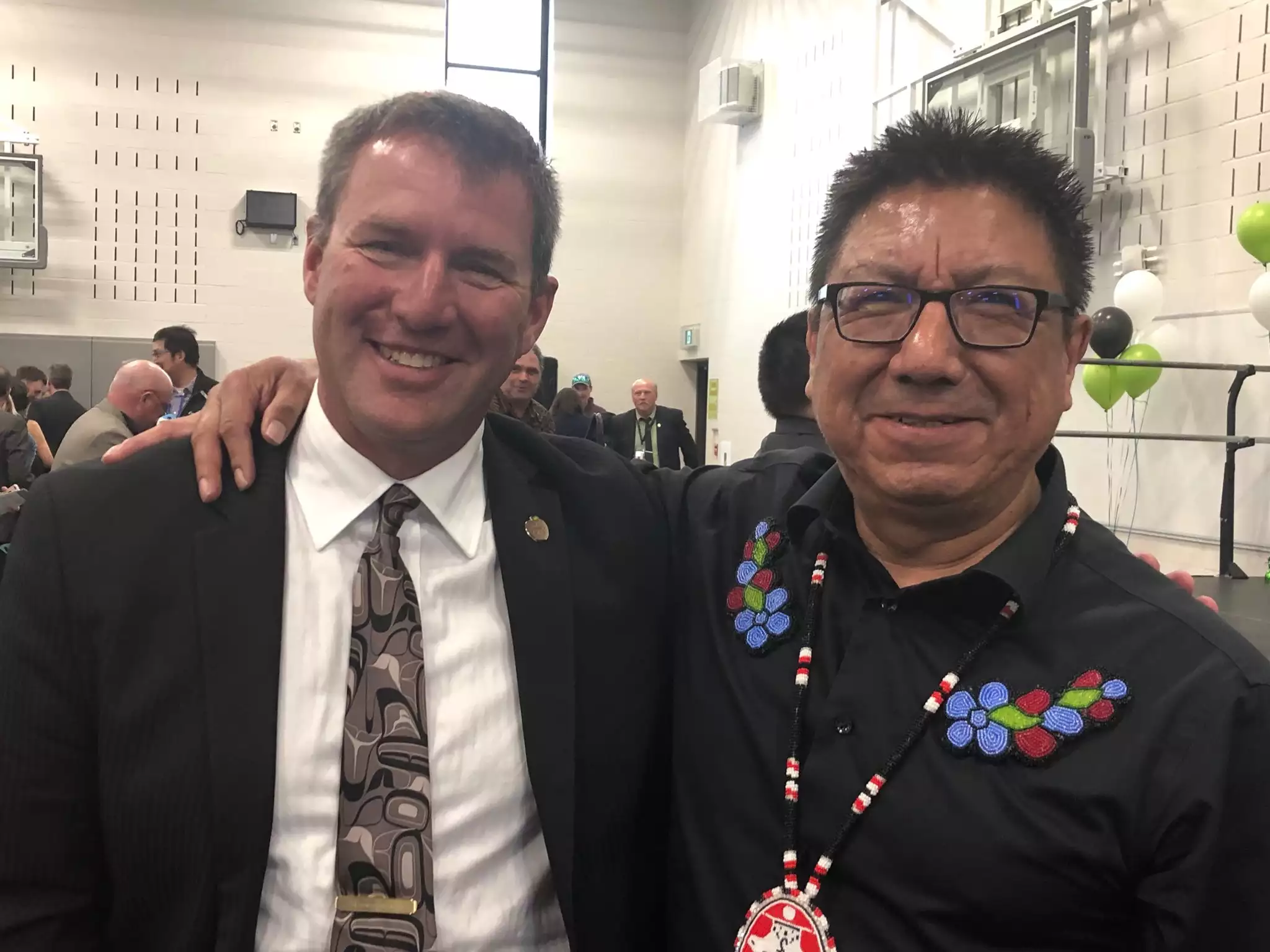Service-learning is an engaging pedagogy that combines academic learning with community service initiatives. Unlike traditional teaching methods, it involves hands-on experiences and encourages students to participate in decisions that affect their communities. Students who work on service-learning projects gain relevant knowledge and skills and cultivate a sense of civic responsibility and global awareness. Sean Monteith will explore the benefits of service-learning and provide tips on how educators can successfully engage their students in these projects.

Benefits Of Service-Learning
Service-learning projects offer many benefits to students, teachers, and communities. For students, it provides opportunities for deeper learning and understanding and promotes personal growth and development. While working with community partners, students learn about social issues and how to address them while applying critical thinking skills. They also learn how to collaborate with others, develop leadership skills, and learn to communicate effectively. These skills will be very much needed in the future.
Teachers benefit by providing a dynamic and interactive educational experience that enhances student learning and encourages interdisciplinary approaches to education. Service-learning allows teachers to connect theories or concepts to real-world problems, making it more relevant and engaging for their students. They can also expand their professional networks and gain insights into various issues that affect their communities.
Communities benefit because they receive the assistance they need while fostering a culture of civic responsibility and making mutual improvements. Service-learning projects can provide necessary resources and expertise that many communities may lack. These projects create mutually beneficial partnerships and promote active engagement between institutions and their communities.
Incorporating Service-Learning in Your Curriculum
Many educators are looking to engage their students in service-learning projects, with the number of schools implementing them increasing. Yet, it takes dedication and effort to make these projects run smoothly and ensure students benefit. To incorporate service-learning in your curriculum, you need to:
a. Identify a community issue that aligns with curriculum goals and learning objectives
b. Engage community partners and establish relationships to create mutually beneficial goals, plans, and guidelines
c. Design and develop the project to be scaffolded to offer challenging tasks to the students
d. Make Use of Reflection techniques and experiential learning strategies
e. Inform and communicate with students regarding the project plans and consequences
The Role of Technology in Service-Learning
With the advent of technology, creating and implementing successful service-learning projects has become much easier. Technology has improved communication and collaboration tools, making connecting students with community partners easier, monitoring project progress, and creating dynamic visual presentations. Social media and web tools can also help amplify the impact of service-learning projects by sharing outcomes and successes with a broader community and building social capital with other like-minded individuals.
Technology can facilitate reflection and experiential learning by providing multimedia platforms for students to document their experiences and reflect on their learning. Online forums and discussion boards can also foster dialogue and critical thinking about the service-learning project.
Evaluation and Assessment
When running service-learning projects, educators must assess overall student learning and community benefits, utilizing various instruments such as surveys, progress reports, presentations, and interviews. Assessments should be conducted before, during, and after projects to obtain quality feedback and ensure that learning objectives and community goals have been achieved. They should also be used to improve further and develop future projects.
In addition to academic assessment, it is essential to consider students’ personal development and growth through service-learning projects. Teachers can utilize self-reflection exercises and debriefing sessions to help students reflect on their experiences, identify areas for improvement, and set goals for future involvement in community service initiatives.
Conclusion
Engaging students in service-learning projects offers many promising benefits to students, teachers, and communities. These projects require patience, discernment, and careful planning to be designed successfully, but the results are worthwhile. Students who engage in real-world applications and work with community partners develop critical thinking skills, leadership qualities, and civic responsibility. Teachers also benefit by creating a dynamic, engaging educational experience promoting deeper learning and interdisciplinary approaches. Finally, communities benefit by receiving the assistance they need while fostering a culture of civic responsibility and active engagement.


